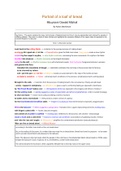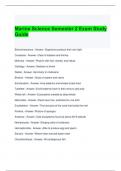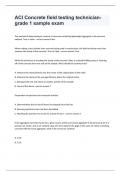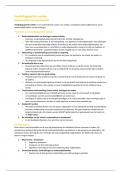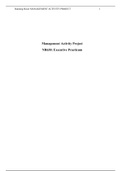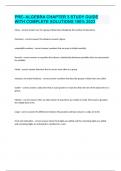Summary
Summary Portrait of a loaf of bread by Mbuyiseni Oswald Mtshali, IEB Matric
- Course
- English Home Language
- Institution
- 12th Grade
This document contains a full analysis of the prescribed Matric IEB poem: Portrait of a loaf of bread by Mbuyiseni Oswald Mtshali. This poem has been broken down and analysed line by line to ensure it is fully understood by the reader and includes points on the structure and techniques in the poem.
[Show more]
